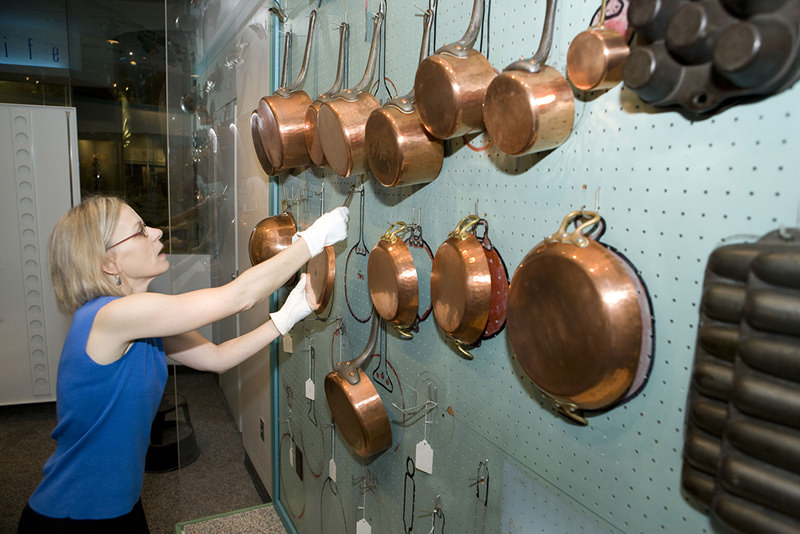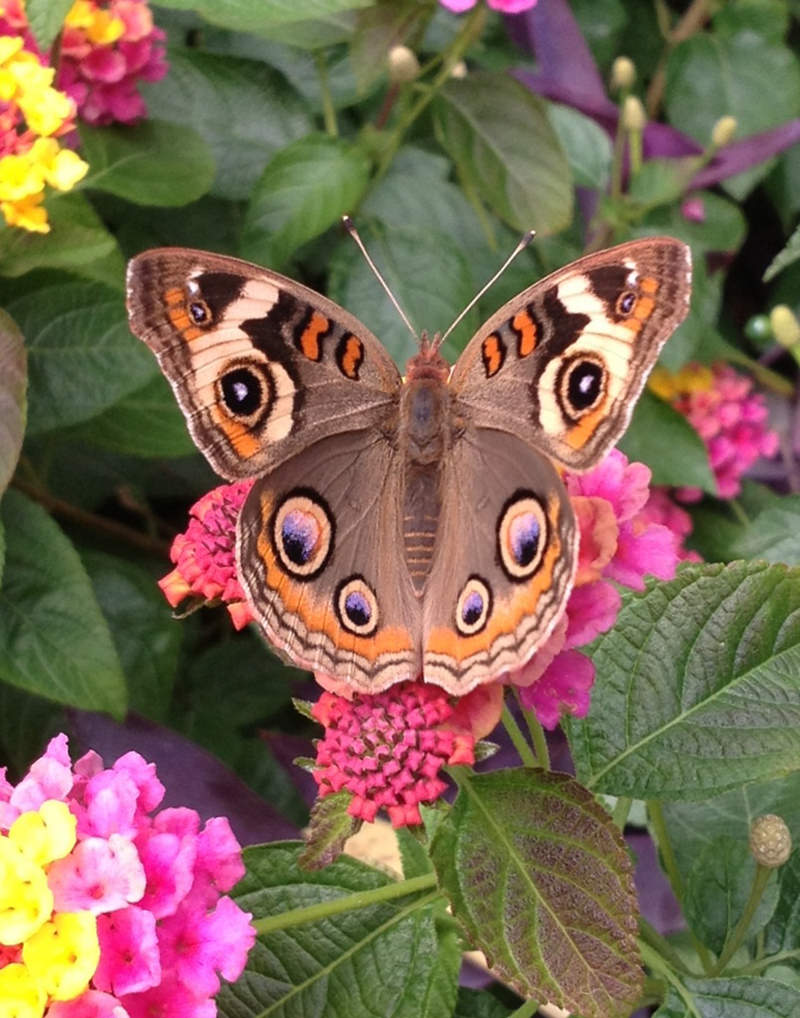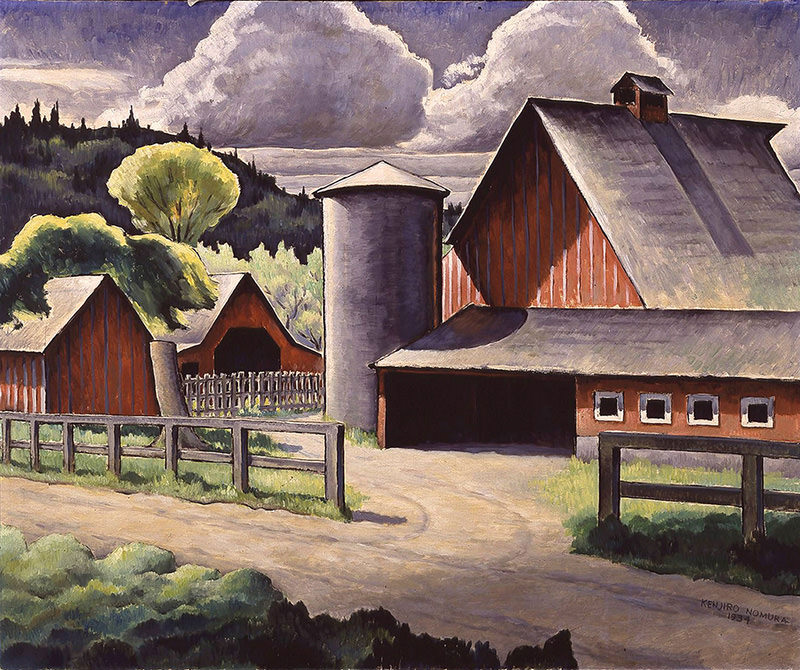
The Smithsonian Institution is the world’s largest museum and research complex, with 19 museums and 9 research centers that highlight a huge array of topics. Though it may not be the first thing that comes to mind, agriculture is all over the Smithsonian’s museums. Next time you’re in Washington, D.C., treat yourself with these eight farm-focused exhibits.
1. Food: Transforming the American Table 1950-2000, National Museum of American History

This exhibition explores how food—and the access to it—has changed for Americans over the second half of the 20th century. The centerpiece of the exhibit is a full-scale recreation of Julia Child’s kitchen with all of the original items that she donated to the museum, but there’s also a fascinating look at how American agriculture evolved over the time period and how social and cultural movements affected our country’s cuisine.
2. Kids’ Farm, National Zoo

Odds are high that your kids are already quite familiar with where their food comes from, but this installation at the National Zoo allows visitors to get up close and personal with farm animals and even help out with chores on the farm. There’s a pizza garden to explore, along with a functioning barn that teaches kids how chickens, goats, pigs, alpacas, donkeys and cattle are housed. Plus, Game of Thrones fans, the Farm’s six Salmon Faverolle-Leghorn crosses are named after female characters from the series!
3. American Enterprise, National Museum of American History

This exhibition provides an overview of how capitalism and democracy combined to grow America from a small agricultural nation to one of the world’s largest economies. Most interesting is the second era discussed—The Corporate Era, from the 1860s to the 1930s—which features artifacts like Eli Whitney’s cotton gin, John Deere’s original plow and the 1920s-era Fordson tractor pictured above.
4. America’s Mailing Industry, American Postal Museum

You can even find agriculture in the unlikeliest of places at the Smithsonian museums! The American Postal Museum is currently putting together a physical exhibit that explores the impact of the postal industry—both the United States Postal Service and private industry—and they’ve asked ag-focused companies like Burpee and Lehman’s, which is well-known for its low-tech products and mail-order catalogs, to be a part of it. The physical exhibit is still forthcoming, but you can explore the materials online in the interim.
5. Victory Garden, Smithsonian Gardens

This garden is a recreation of a World-War-II-era victory garden, which were planted to ensure an adequate food supply for both troops and citizens. All the vegetables and herbs featured are heirloom varieties that were available to gardeners in the 1940s, and the garden also features some of the colorful signs that typically accompanied victory gardens in this time period.
6. Heirloom Garden, Smithsonian Gardens

Aptly named, this garden specializes in heirloom flowers and herbs that have been around for decades and were cultivated in American gardens prior to 1950, like the McKana Giant Columbine above, which became popular enough after World War II to be named an All-America Selections winner in 1955.
7. Butterfly Habitat Garden, Smithsonian Gardens

The plants featured in this garden were all selected because they were deemed significant in the life cycle of butterflies native to the United States. Grouped into four separate habitats—wetland, meadow, wood’s edge and an urban backyard—these plants attract as many as thirty species of butterflies, including the beautiful Buckeye butterfly above, throughout the year.
8. Smithsonian American Art Museum

Because agriculture is so essential to America’s cultural identity, it can even be found throughout the works of American artists. There’s no dedicated agriculture exhibition in the American Art Museum, but there is farm-focused artwork, including Kenjiro Nomura’s The Farm above, scattered all over the museum. It’s fascinating to see how different artists render the highs and lows of farm work on their canvases.
Maybe the best part about all of these exhibitions and attractions is that they are completely free! What’s not to love about that?




